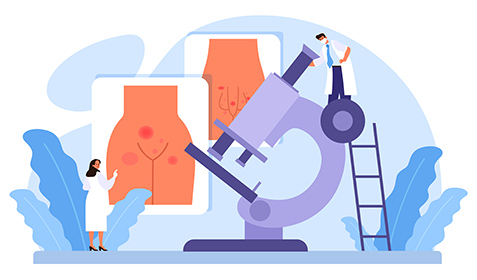Sexually transmitted diaseases.
What are sexually transmitted diseases (STDS)?
 Sexually transmitted diseases (STDS)
or sexually transmitted infections (STIS) are infections that are passed from
one person to another through sexual contact. The contact is usually vaginal,
oral and anal. But sometimes they can be transmitted through other intimate
physical contact involving the penis, vagina, mouth or anus. This is because
some STDS, such as herpes and HPV, are spread by skin-to-skin contact.
Sexually transmitted diseases (STDS)
or sexually transmitted infections (STIS) are infections that are passed from
one person to another through sexual contact. The contact is usually vaginal,
oral and anal. But sometimes they can be transmitted through other intimate
physical contact involving the penis, vagina, mouth or anus. This is because
some STDS, such as herpes and HPV, are spread by skin-to-skin contact.
Some STDS can be passed from a pregnant person to the baby, either during pregnancy or when giving birth. Other ways STDS can spread include during breastfeeding, through blood transfusions, or by sharing needles.
There are more than 20 types of STDs, including:
-Chlamydia
-Gonorrhoea
-HIV and AIDS
-HPV
-Crabs
-Syphilis
-Trichomoniasis
What causes sexually transmitted diseases?
STDS can be caused by bacteria,
viruses, and parasites
Who is affected by sexually transmitted diseases?
Most STDS affect both men and women,
but in many cases the health problems they cause can be more serious in women.
If an STD is passed to the baby, it can cause serious health problems.
What are the symptoms of sexually transmitted diseases?
STDS don't always have symptoms, or
they can only cause mild symptoms. Therefore, it is possible to have an
infection and not know it. And even without symptoms, STDS
can be harmful and
can be transmitted through sex
If you have symptoms, they may include:
-Unusual discharge from the penis or vagina
-Sores or warts in the genital area-Frequent or painful urination
-Itching and redness in the genital
area
-Blisters or sores in or around the
mouth
-Abnormal vaginal odor
-Anal itching, pain, or bleeding
-Abdominal pain
-Fever
Shareni Delgado
Leslie Gonzalez
Gretel Cecilio
Victoria Secundino
Litzy Martinez


Comentarios
Publicar un comentario